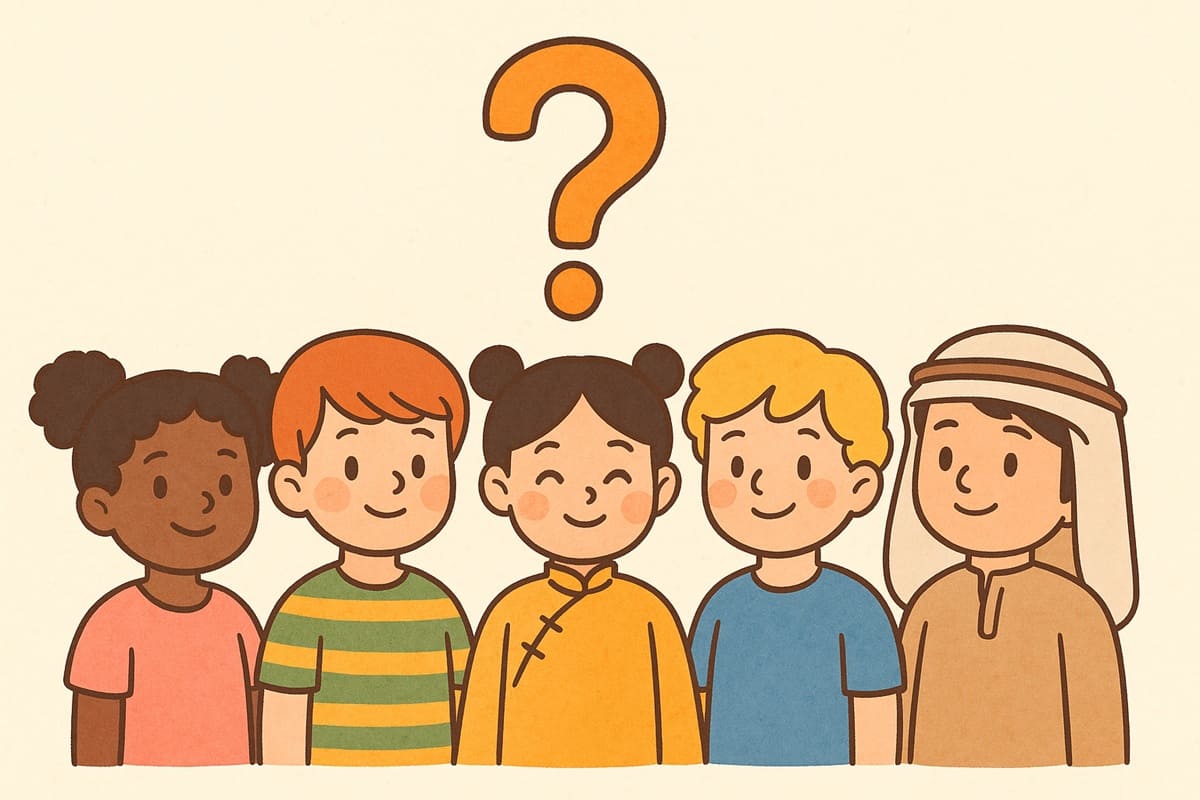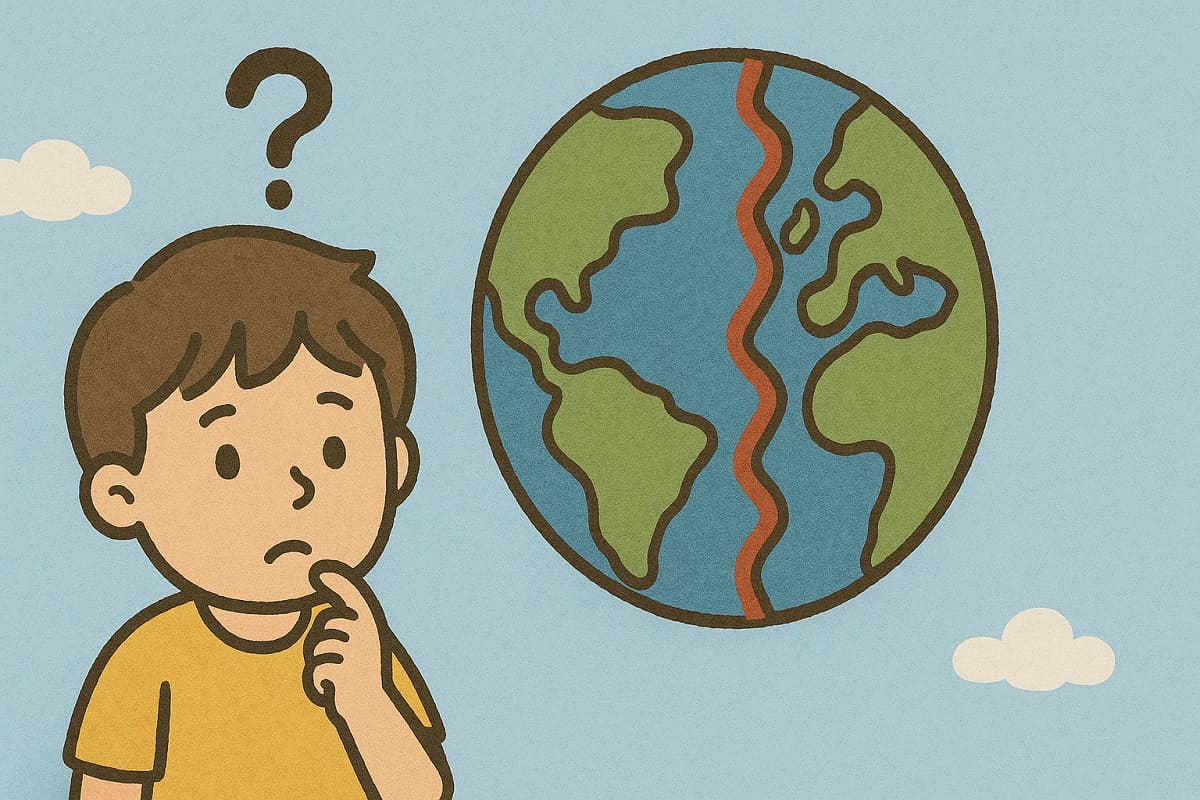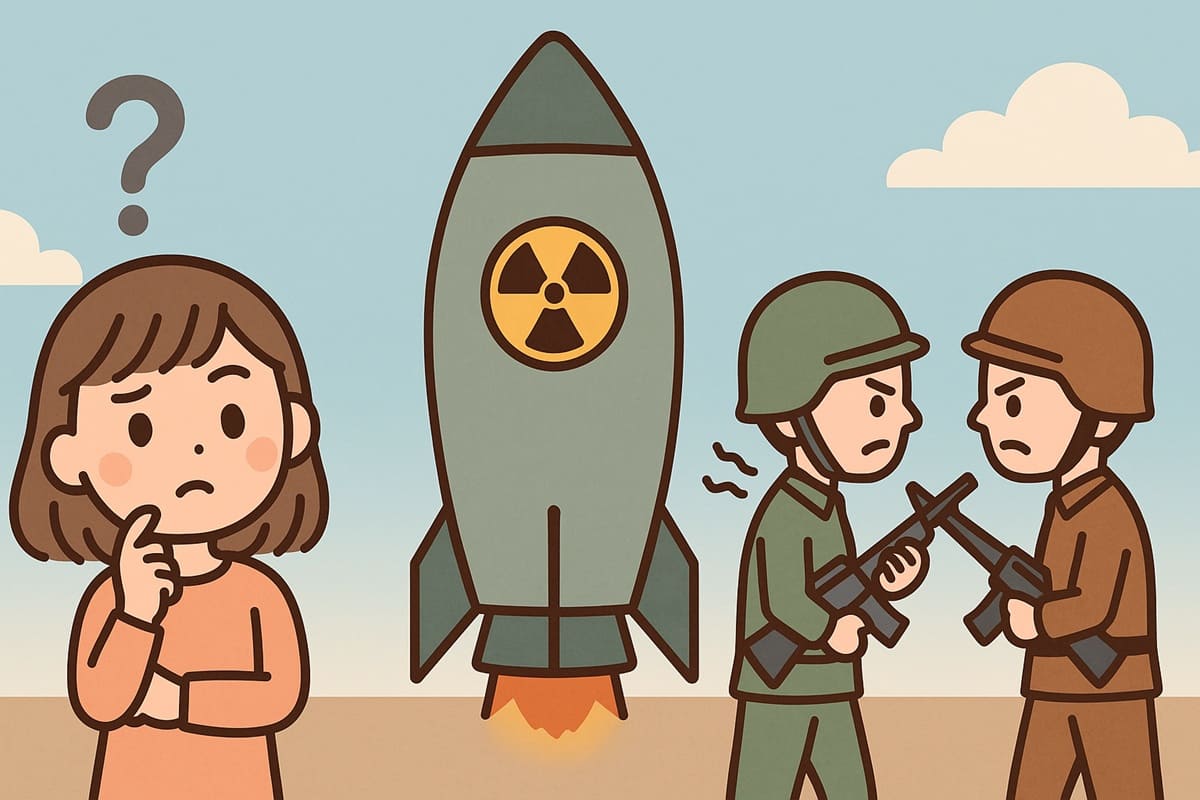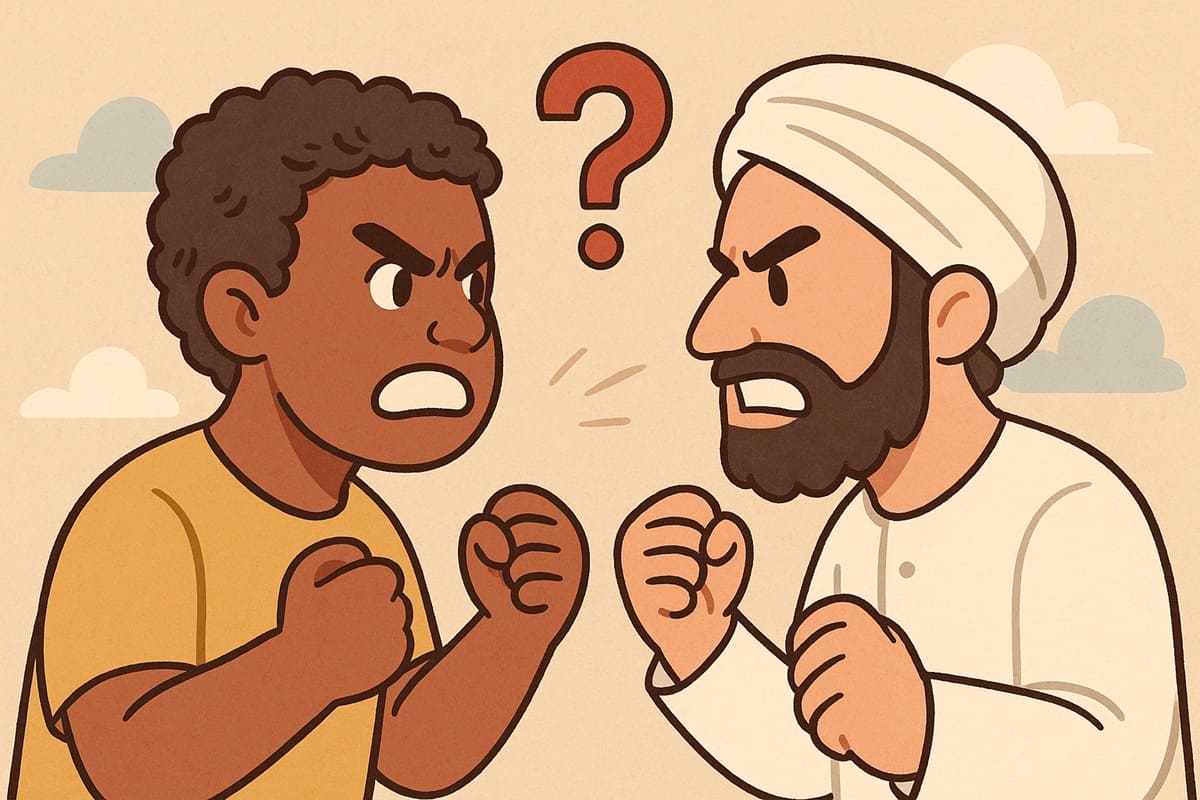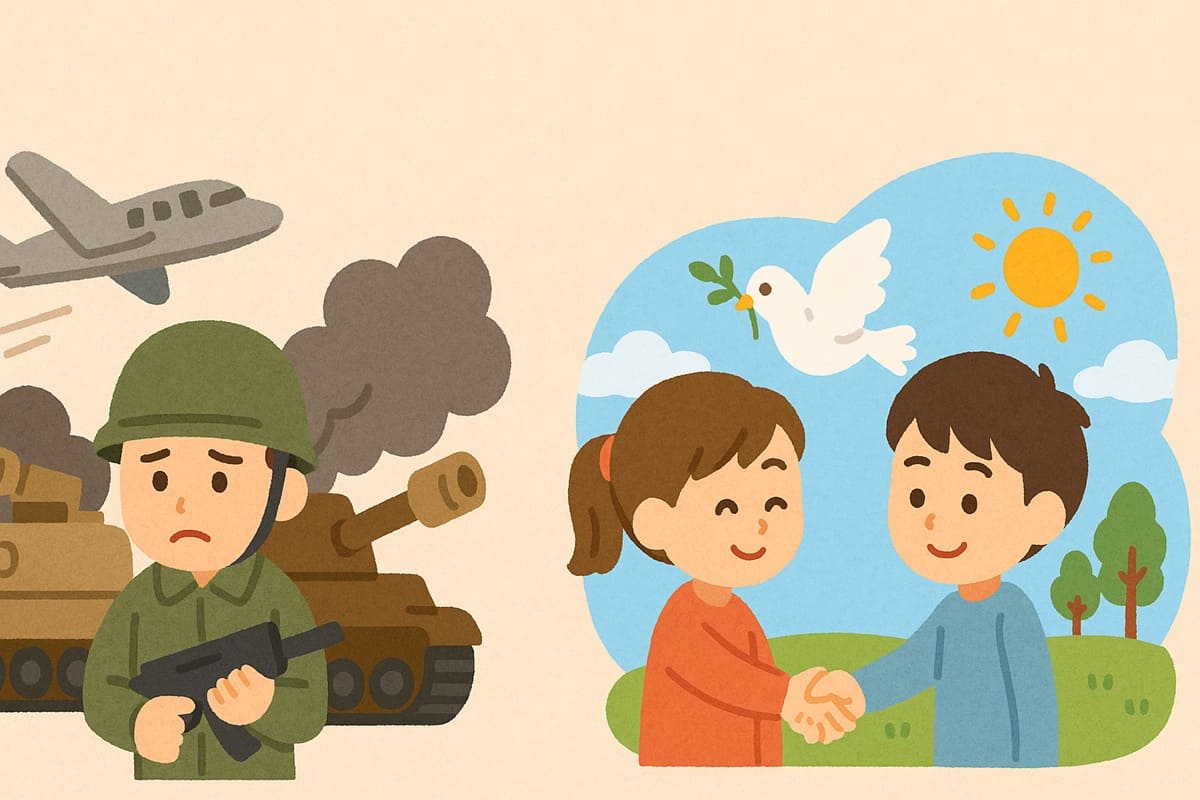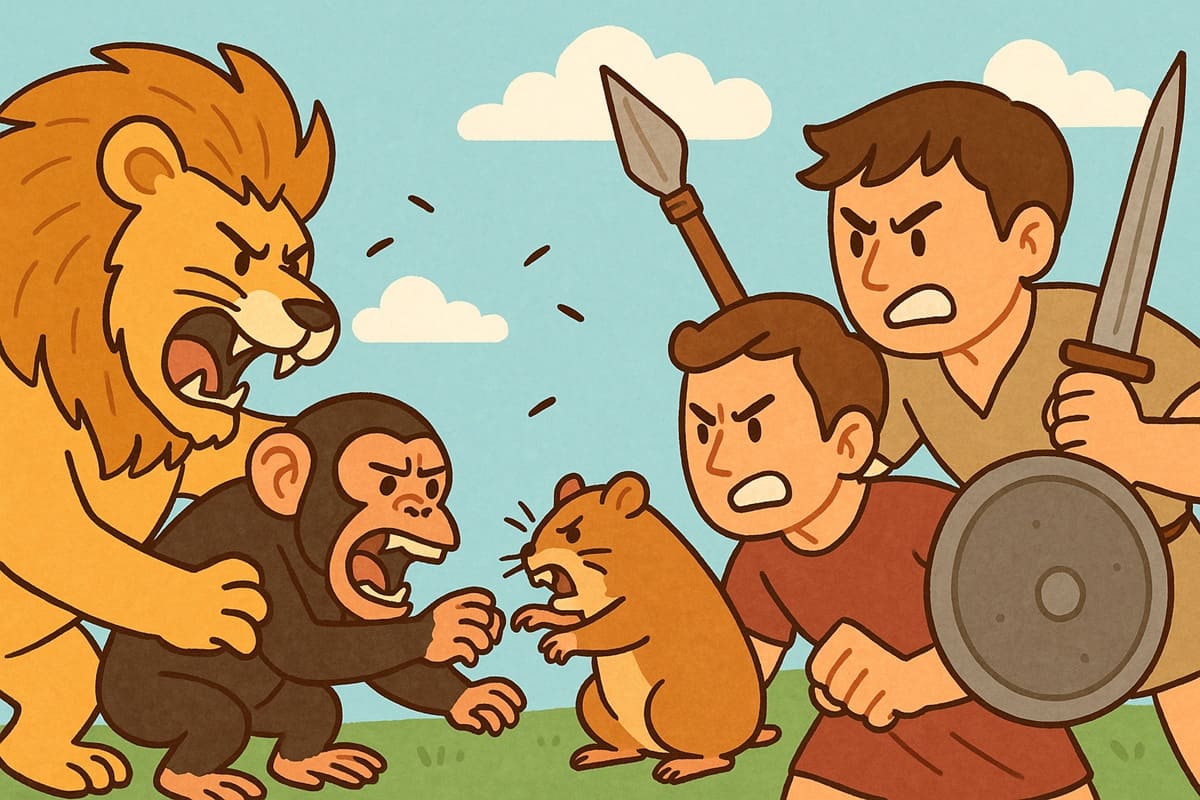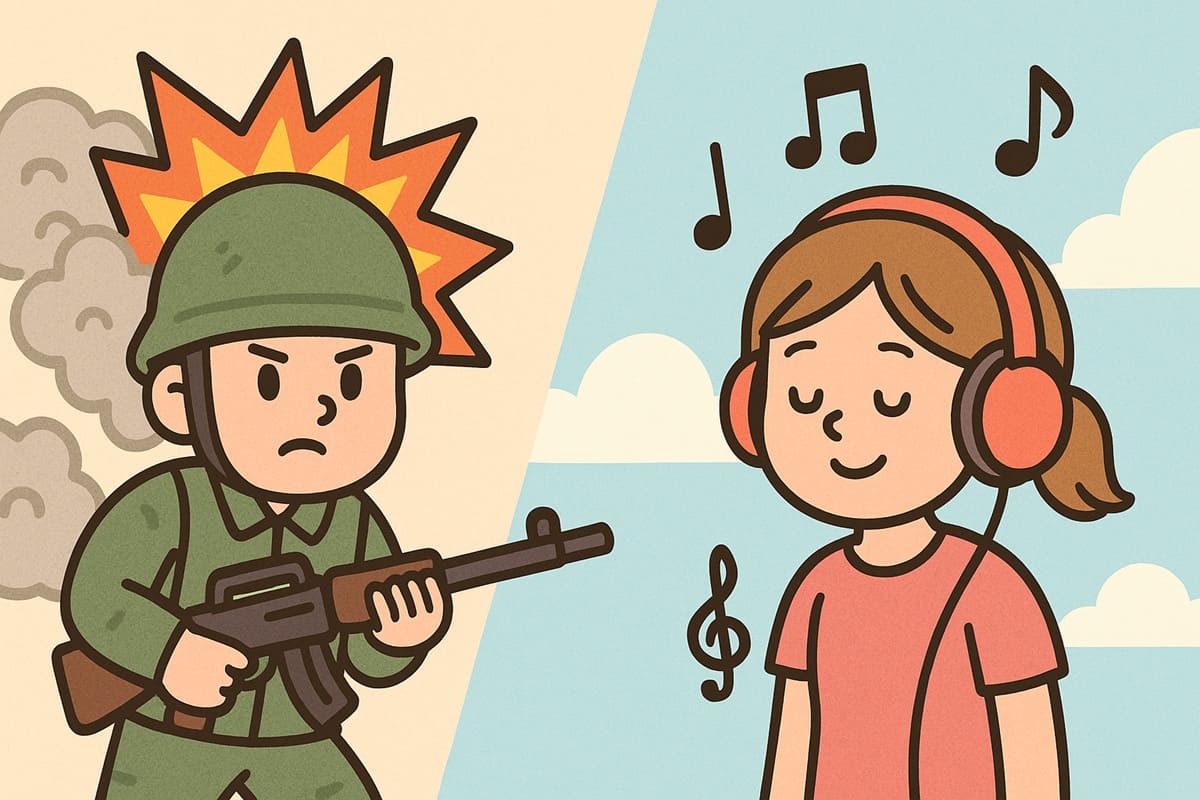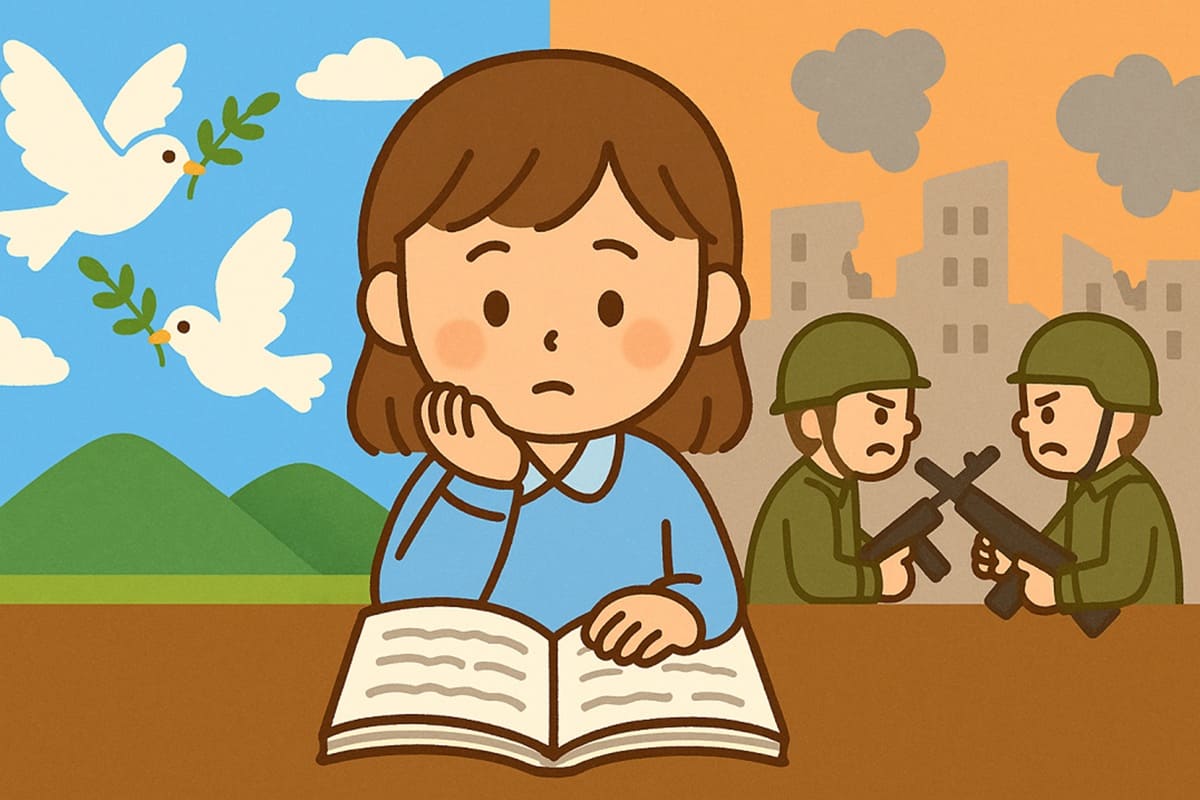What Do “Right” and “Left” Mean? What’s truly important is to think for yourself
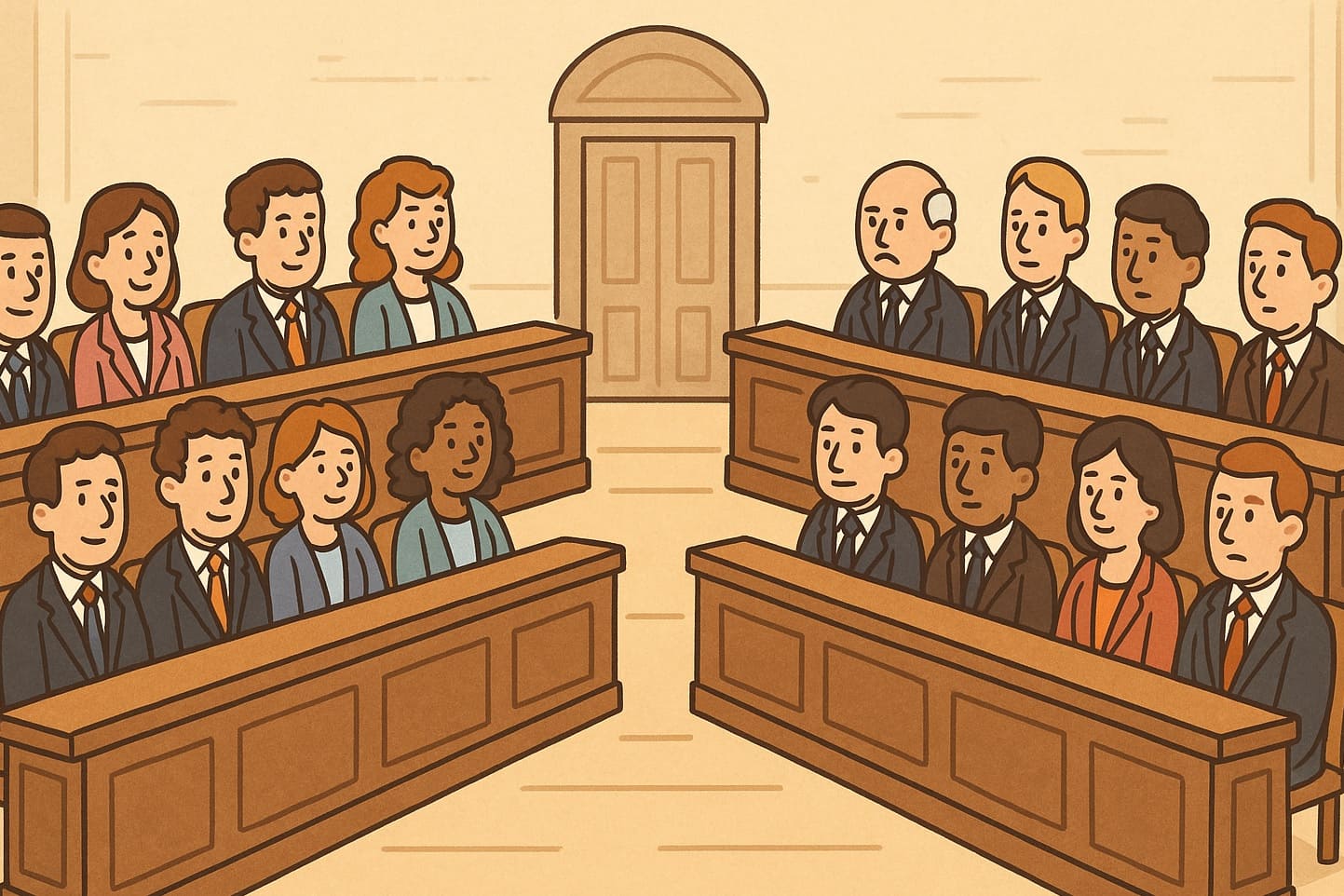
You’ve probably heard people say things like “That person leans to the right” or “They seem left-leaning” on social media or in online news comments.
Most people might have a vague image of what “right” and “left” mean, but in fact, these terms have a deep historical background and a variety of meanings.
In this article, we’ll explain what “right (right-wing)” and “left (left-wing)” actually mean, what kinds of ideas they represent, and how we can approach these concepts thoughtfully.
Where Did “Right” and “Left” Come From?
The origins of “right” and “left” go back to the French Revolution in the 18th century.
At that time, during parliamentary debates in revolutionary France, those who wanted to preserve the king’s power sat on the right side of the assembly, while those who pushed for more democratic reforms sat on the left. From this, the term “right” came to represent conservative positions, and “left” came to represent progressive ones.
What started out as simply “where people were sitting” eventually spread around the world and became a common way to describe political positions and values.
What Kind of Thinking Does the Right Represent?
People described as being on the right (right-wing) tend to value tradition, order, national stability, and economic freedom.
Some typical right-leaning ideas might include:
- Wanting to preserve long-standing culture and moral values
- Prioritizing rules and social order
- Limiting taxes and promoting free activity by individuals and businesses
- Strengthening national defense and public safety
- Valuing national identity and patriotism
In short, the right tends to say: “Let’s preserve what we have rather than destroy it.” It’s an approach that favors stability and tradition over rapid change.
However, the right includes a wide range of views. Some people are moderate conservatives who value balance, while others fall into more extreme right-wing (far-right) categories, which may advocate excluding foreigners or other cultures.
Historically, Nazi Germany and Italian Fascism are seen as examples of far-right regimes. They were marked by strong nationalism, authoritarianism, and the belief that individual freedom could be sacrificed for the sake of the nation.
What Kind of Thinking Does the Left Represent?
On the other hand, people on the left (left-wing) emphasize creating a society where everyone can live equally and without discrimination.
Typical left-leaning ideas include:
- Reducing the gap between the rich and the poor
- Strengthening welfare systems so that everyone has access to healthcare and education
- Protecting the rights of minorities (LGBT, immigrants, people with disabilities, etc.)
- Actively addressing environmental issues and climate change
- Encouraging the government to take a more active role in creating fair rules
Left-leaning people often believe that “the current system is unfair” and actively seek change and reform. In political terms, they are sometimes called “progressives” or “reformists.”
As with the right, the left includes a range of positions—from moderate social democrats to radical far-left groups that reject capitalism altogether, such as communists or anarchists.
Right and Left Are Like a Gradient
At this point, you might be thinking, “Maybe I lean a bit right?” or “I agree with some left-wing ideas too.” And that’s totally natural.
Most people’s views can’t be perfectly categorized as either ‘right’ or ‘left.’
For example:
- You might think free competition is good economically (right-leaning),
- But you may also think diversity is important in society (left-leaning).
Many people hold a mix of positions, depending on the issue.
So, political views are not simply black or white, but more like a spectrum or gradient—from far-right to far-left, passing through center-right, centrist, and center-left.
Why We Shouldn’t Judge People as Just “Right” or “Left”
On the internet and social media, it’s common to see people say things like, “That person can’t be trusted—they’re a leftist,” or “They’re extreme because they’re right-wing.”
But labeling people as either “right” or “left” is dangerous.
Here’s why:
- Even people on the same “side” may have very different opinions
- Many people have both right-leaning and left-leaning views depending on the topic
- Once we stick a label on someone, it becomes harder to have calm, respectful conversations
For example, a person might have right-leaning views on taxes but left-leaning views on education.
If we label them as just “right” or “left,” we miss the complexity of their actual thoughts.
Also, once we start thinking “I’m on the right” and “That person’s on the left,” we may stop trying to understand each other. That only divides society further.
What really matters is not the label, but the content.
It’s much more important to ask: “What ideas do I support or oppose—and why?”
We should look at each issue individually and thoughtfully.
Conclusion
The terms “right (right-wing)” and “left (left-wing)” originally came from the seating arrangements in the French Parliament during the Revolution. Today, they are widely used to describe differences in political thought.
In general:
- The right values tradition, order, and free-market economics
- The left emphasizes equality, reform, and support for disadvantaged groups
But most people don’t fall neatly into one category. Many hold a combination of views depending on the topic.
That’s why it’s so important not to judge others based on whether they are “right” or “left.” Instead, we should listen carefully to each person’s actual ideas and think critically for ourselves.
Rather than asking, “Are you right or left?”
Let’s ask together: “What kind of society do we want to build?”
Main References
Bobbio, N. (1996). Left and Right: The Significance of a Political Distinction (A. Cameron, Trans.). University of Chicago Press.
Furedi, F. (2018). How Fear Works: Culture of Fear in the Twenty-First Century. Bloomsbury Publishing.
Heywood, A. (2012). Political Ideologies: An Introduction (5th ed.). Palgrave Macmillan.
Inglehart, R., & Norris, P. (2017). Cultural Backlash: Trump, Brexit, and Authoritarian Populism. Cambridge University Press.
Kriesi, H., et al. (2006). Globalization and the transformation of the national political space: Six European countries compared. European Journal of Political Research, 45(6), 921–956.

